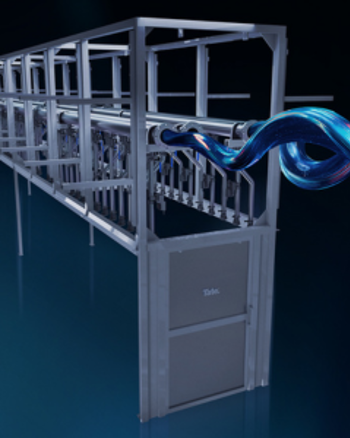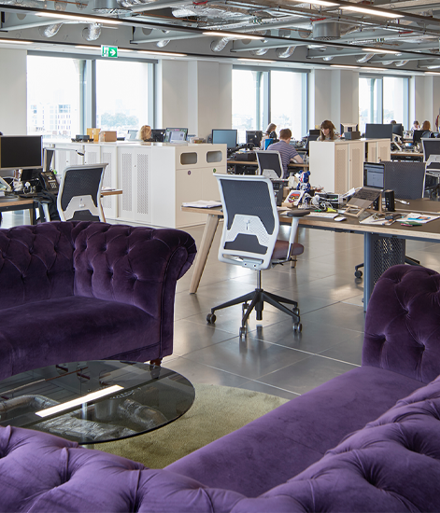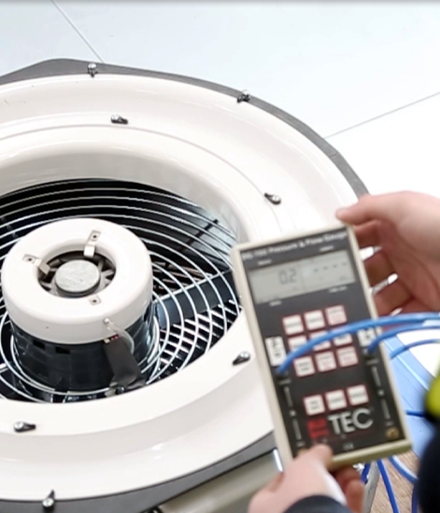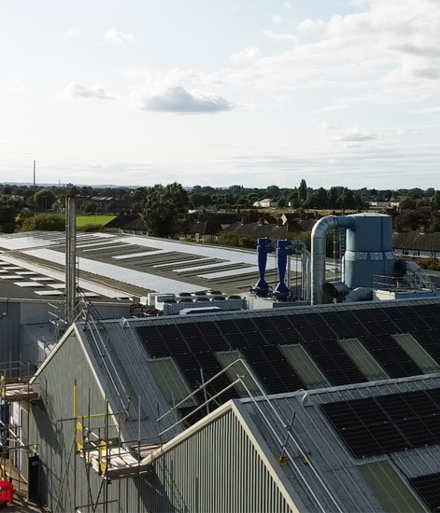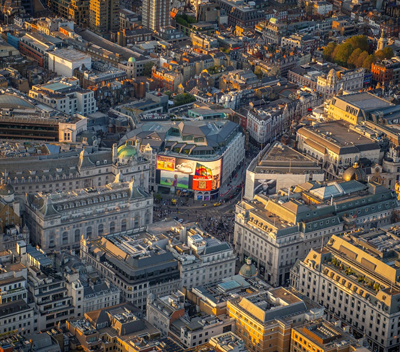
Imagine a city where your daily needs – groceries, work, healthcare, leisure – are all within a comfortable 15-minute walk, cycle, or public transport ride from your doorstep. Sounds good? Well, that is the vision underpinning the concept of 15-minute cities, a transformative approach to urban planning which is garnering interest across the world.
Fifteen-minute city advocates an urban landscape that is compact, and people-centred; very different from many existing metropolitan centres, characterised by so-called ‘urban sprawl’ and a clear demarcation between residential and commercial districts.
Instead, 15-minute cities remove archipelagoes of business districts, residential areas and shopping centres, prioritising mixed-use neighbourhoods where residential areas are woven together, and seamlessly co-exist with essential services, green spaces, and commerce. It aims to foster a sense of community, improve the local economy, and reduce the need for long commutes.
The concept is not without its detractors. Some are concerned that 15-minute cities will impose restrictions on personal freedoms or restrictions on movement; meanwhile, proponents of 15-minute cities are adamant that this is not the case: people will be able to travel wherever they wish, without boundaries or borders. What it will do is focus on creating and encouraging more sustainable, healthier city living, rather than enforcing strict limitations, particularly around car use.
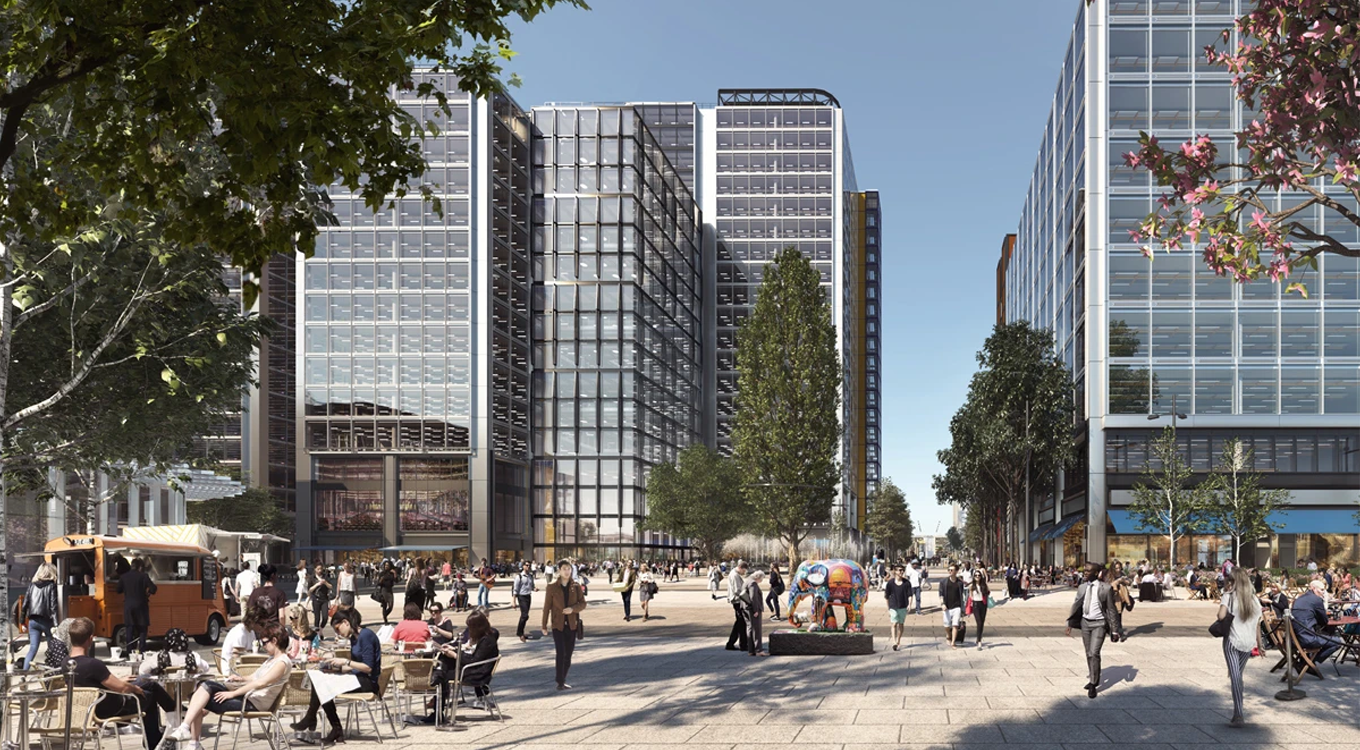
Summary of perceived benefits:
- Reduced commute times: enabling people to reclaim hours lost in traffic jams, and instead spend more time with family, or personal pursuits.
- Improved health and well-being: by people becoming more active through walking and cycling.
- Strengthened local communities: by fostering vibrant local hubs, they encourage greater interaction and social connection, fostering a stronger sense of community within neighbourhoods.
- Sustainable living: lower carbon emissions and cleaner air contributes to a more sustainable urban environment.
While challenges remain in adapting existing infrastructure and ensuring equitable access for all residents, the potential benefits of 15-minute cities are undeniable. They offer a path toward healthier, more connected, and sustainable cities where people are at the heart of urban design.
It could be argued that 15-minute cities provide a promising glimpse into a future where cities work around people, not the other way around.
Where can 15-minute cities be found?
The vision of 15-minute cities has started to be shared across the globe. In Paris, for example, Mayor Anne Hidalgo's successful re-election campaign centred on "hyper-proximity" and creating vibrant, walkable neighbourhoods.
Other European cities such as Barcelona, Milan, and Madrid are adopting similar initiatives, while Melbourne in Australia is exploring the concept through pilot projects in select suburbs.
To some extent it could be argued that 15-minute cities are already here in the UK. London has more than 600 high streets and 90% of Londoners live within ten minutes of one! Plus, individual boroughs already enjoy very distinct social and cultural identities, so perhaps the hyperlocal mindset is already here.
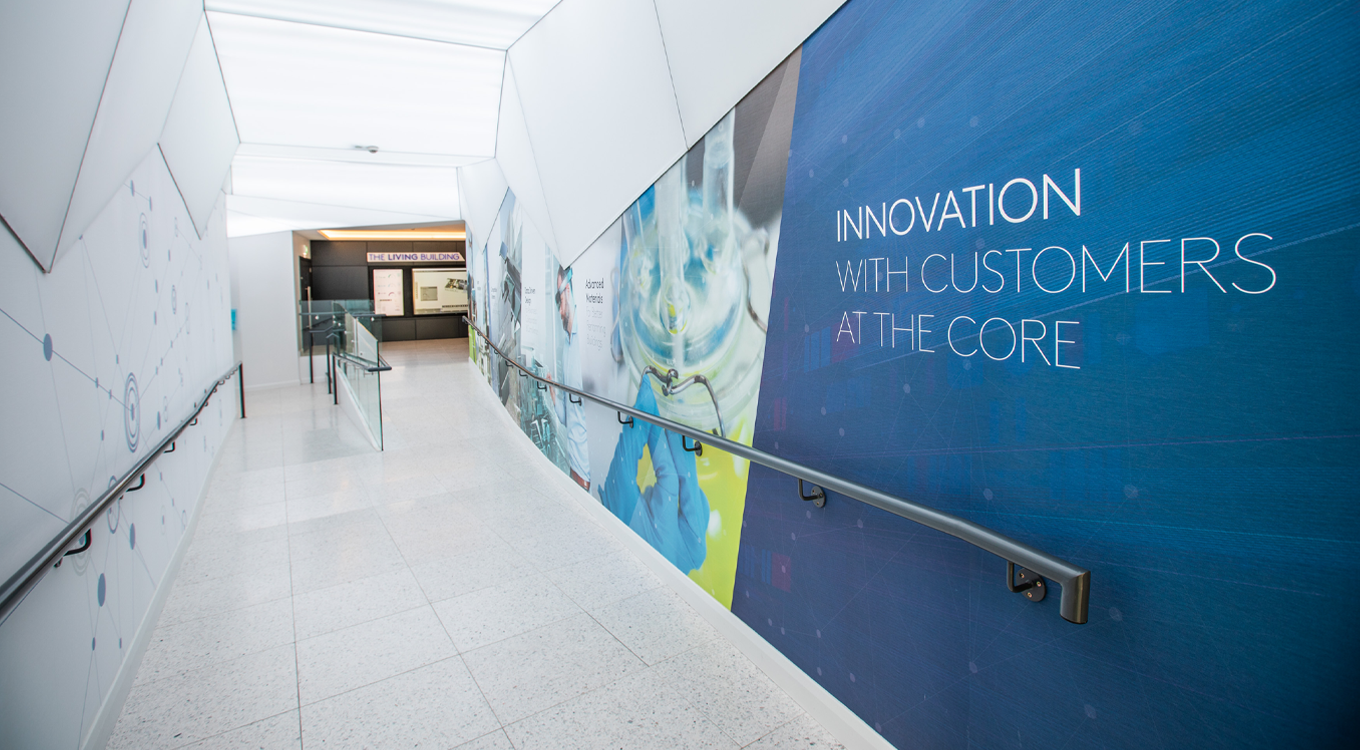
How Tate supports office developments?
Office spaces are evolving and it seems likely that these changes will only be accelerated where councils prioritise the adoption of the 15-minute city model.
It’s an ethos that we’re well positioned to support across our product range. Our high quality, high-performance, raised access floors, with their choice of beautiful designs and finishes help companies create office assets for the future.
They combine outstanding design, practicality, and flexibility, allowing tenants and owners to adapt spaces quickly and easily to new uses.
Plus, of course, we have obtained independent verification of their low embodied carbon content, high strength, and performance, together with low levels of waste - all without compromising product quality.
Our RMG600+ raised access floor with its industry-leading, low-carbon steel has the lowest carbon footprint of any raised access floor on the market.

